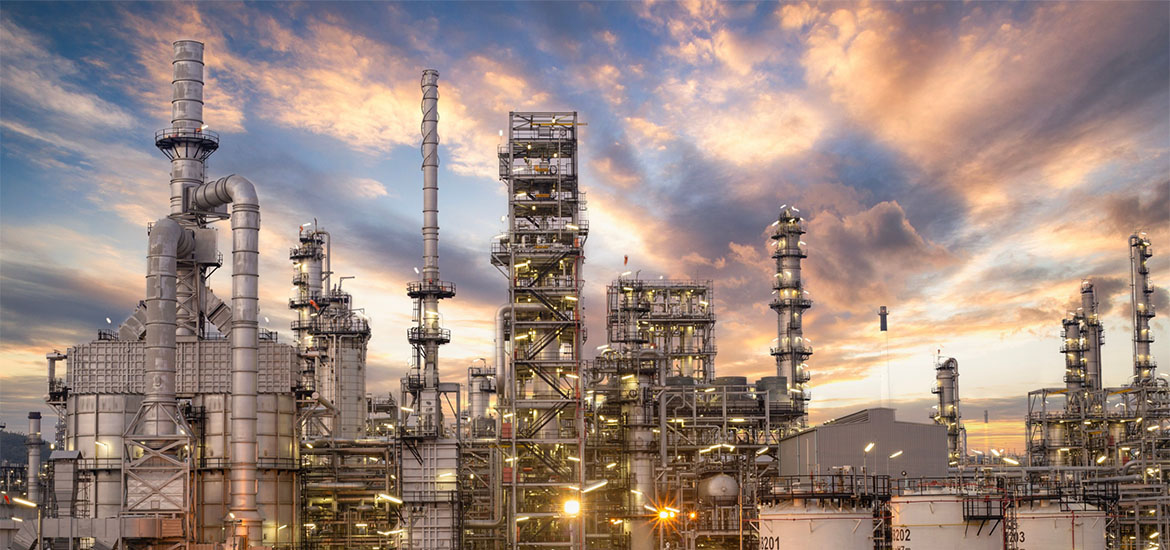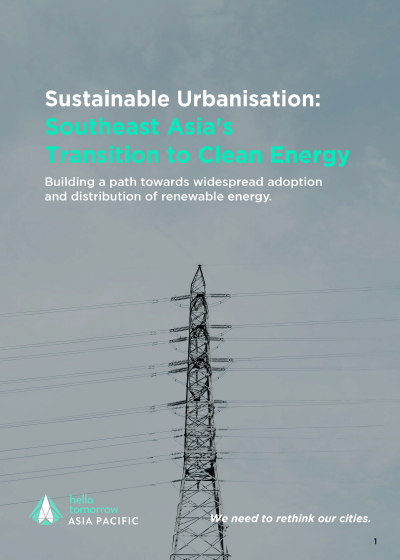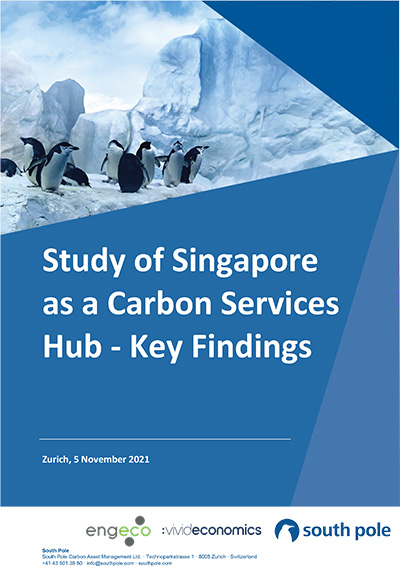“Singapore believes that low-carbon hydrogen has the potential to be the next frontier of our efforts to reduce our emissions,” Deputy Prime Minister Lawrence Wong, who is seen as the likely successor to Prime Minister Lee Hsien Loong, said in October.
Hydrogen burns without emitting carbon dioxide. “Green hydrogen” produced from water using renewable energy is essentially emission-free from start to finish.
But hydrogen can explode when mishandled. The turbines needed for hydrogen power plants are still under development, and no proven transportation network exists for the fuel.
Singapore aims to encourage innovation to solve these problems. One step is regulation. The Energy Market Authority, which started drafting rules this month, is soliciting public comment on proposals to require new or refurbished gas-fired power plants to be capable of handling a fuel blend with at least 30% hydrogen, and be able eventually to switch to all hydrogen.
Meanwhile, to help establish a safe and cost-effective hydrogen network, the city-state is providing indirect support for companies to build power plants, create global supply chains and research related technology.
Singaporean and Japanese companies are central to a number of these projects.
Keppel decided last year to work with Mitsubishi Heavy Industries and an affiliate of Japanese industrial group IHI to build Singapore's first hydrogen-compatible power plant on Jurong Island.
The 750 million Singapore dollar ($570 million) facility will have a 600-megawatt generating capacity, on par with a small nuclear reactor. It will burn mainly natural gas when it debuts in early 2026, with the share of hydrogen in the mix to be raised gradually.
Sembcorp has signed an agreement with IHI to explore building a supply chain for another alternative fuel, ammonia, made with green hydrogen. Sembcorp is also laying the groundwork for what is expected to be Asia's largest hydrogen transport project, using technology from Japanese plant builder Chiyoda to transport 60,000 tonnes a year to Jurong from places such as Australia and the Middle East.
For both Keppel and Sembcorp, the jump into hydrogen is part of a broader move away from their mainstay business of oil rigs. Keppel aims to boost its solar, wind and hydroelectric capacity to 7,000 MW in 2030 from 2,600 MW last year.
Singapore is trying to cut its reliance on natural gas. The city-state depends on the fossil fuel for 90% of its electricity, creating both an obstacle to decarbonization and an energy security risk. Household electricity rates jumped 45% in a year and a half from early 2021 owing to swings in the gas market.
Efforts to install solar panels are limited by a lack of space, and while Singapore has opened up to renewable energy imports, few countries are keen on exporting.
This led the government to hydrogen.
“We are now seeing a growing pipeline of production projects worldwide,” Wong said in October. “Key technologies across the value chain are also being trialed and are expected to become commercially available in the coming year.”










